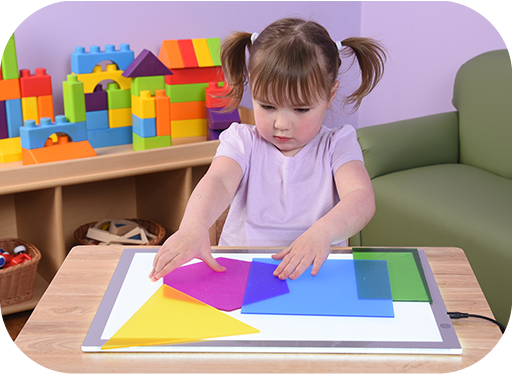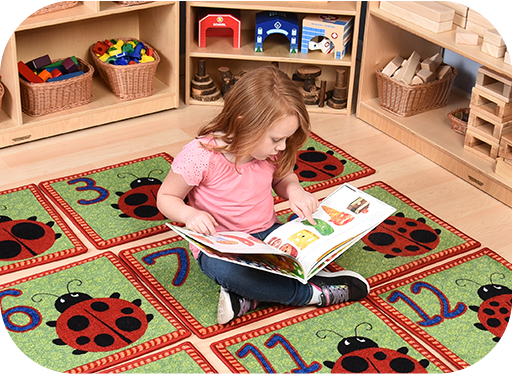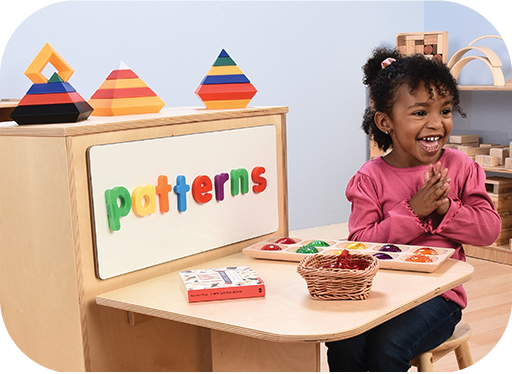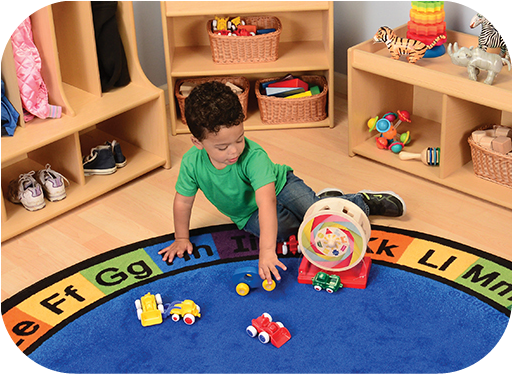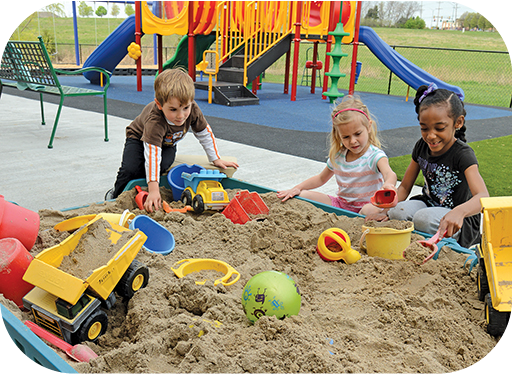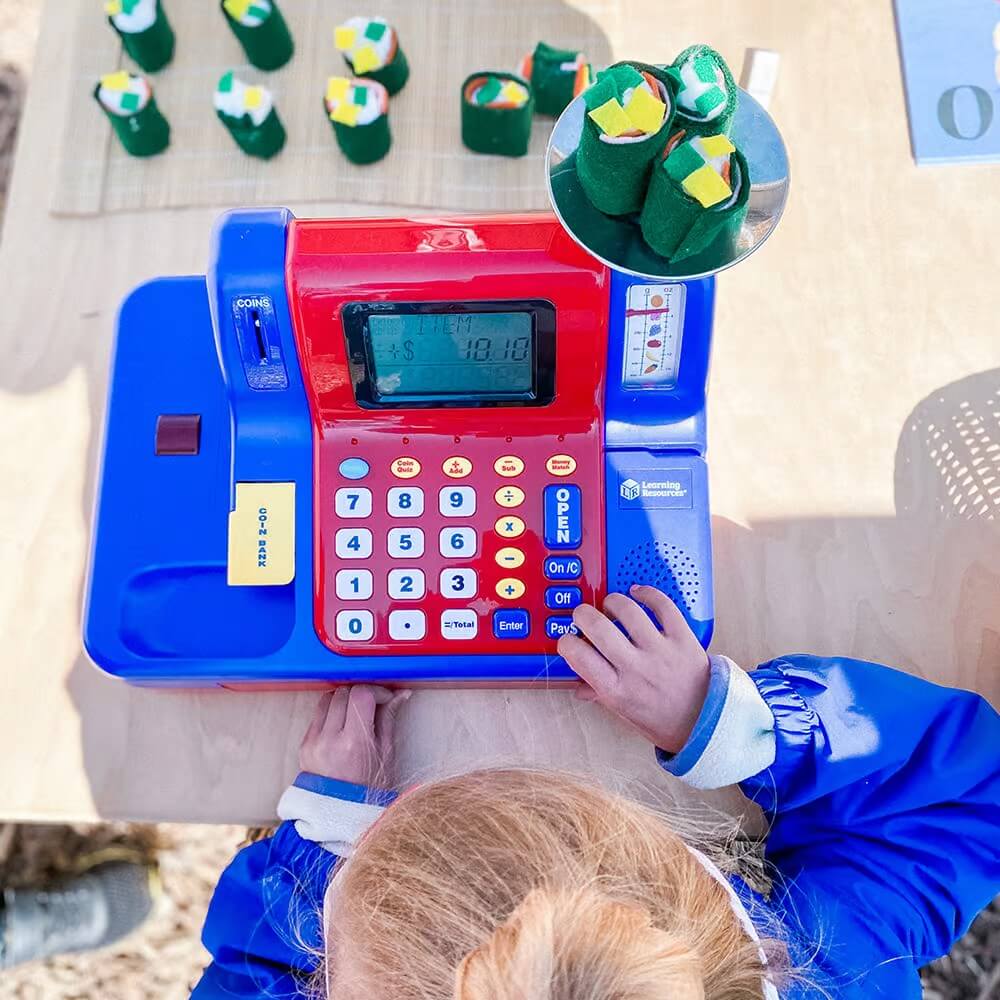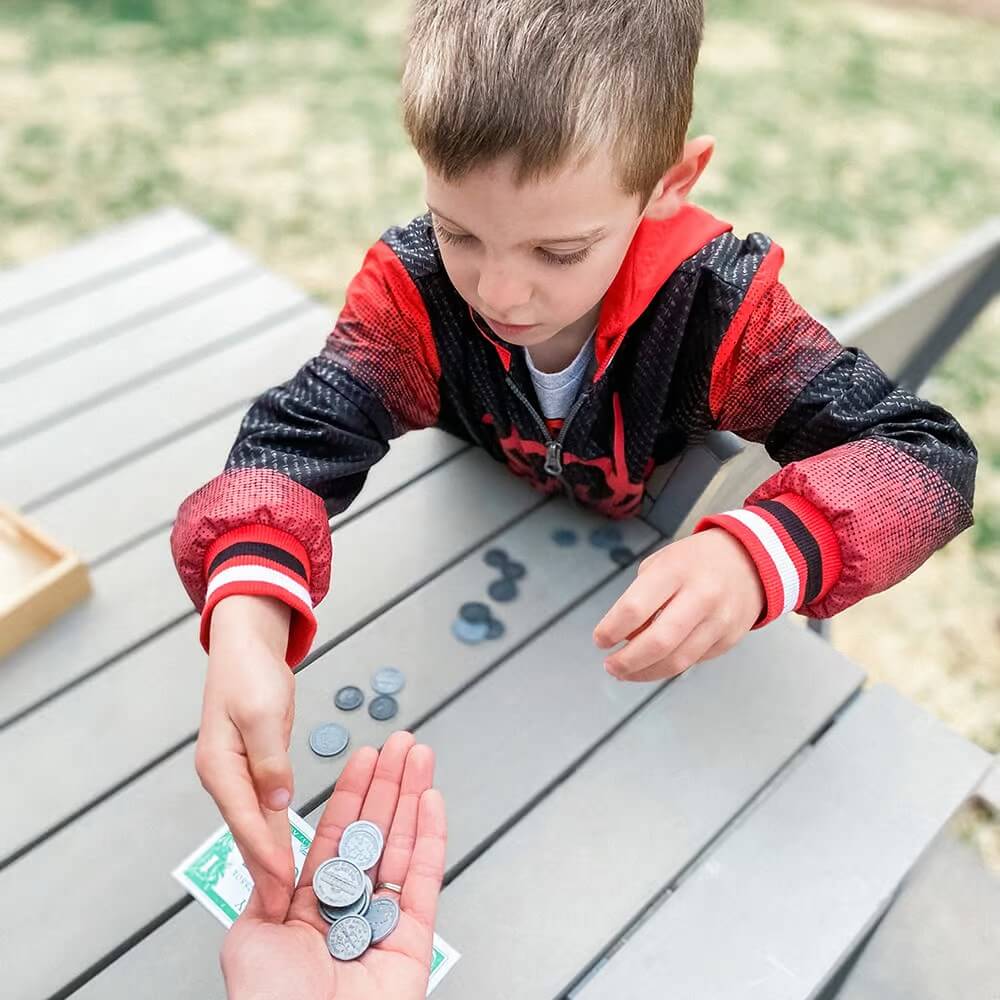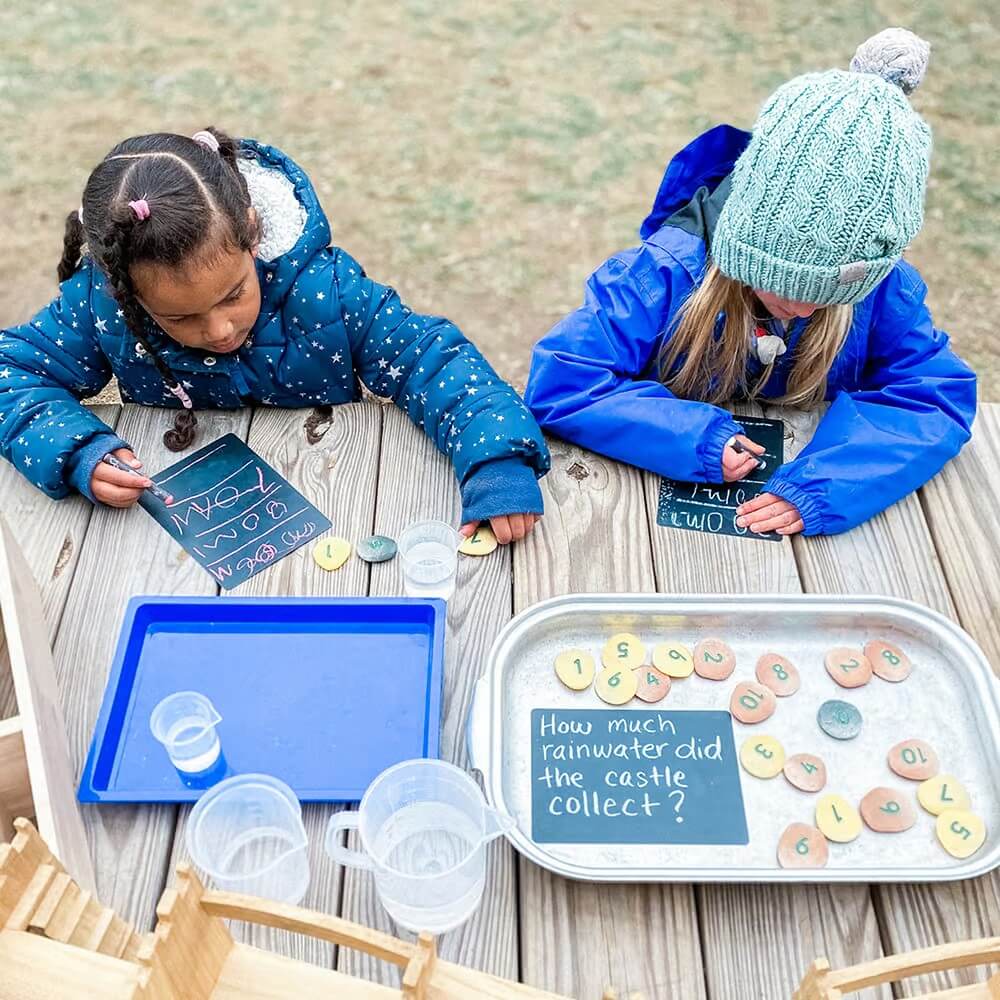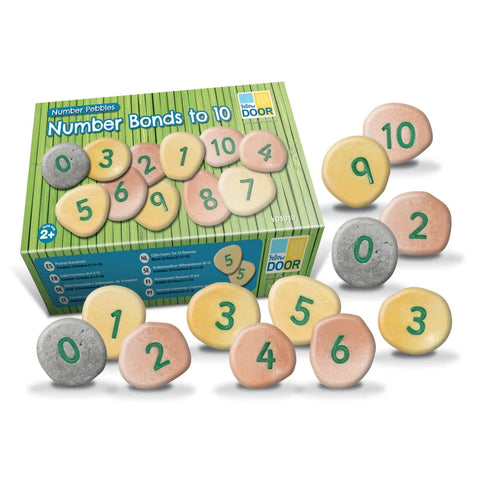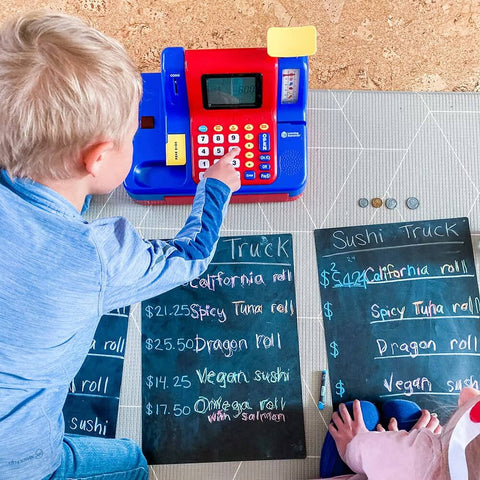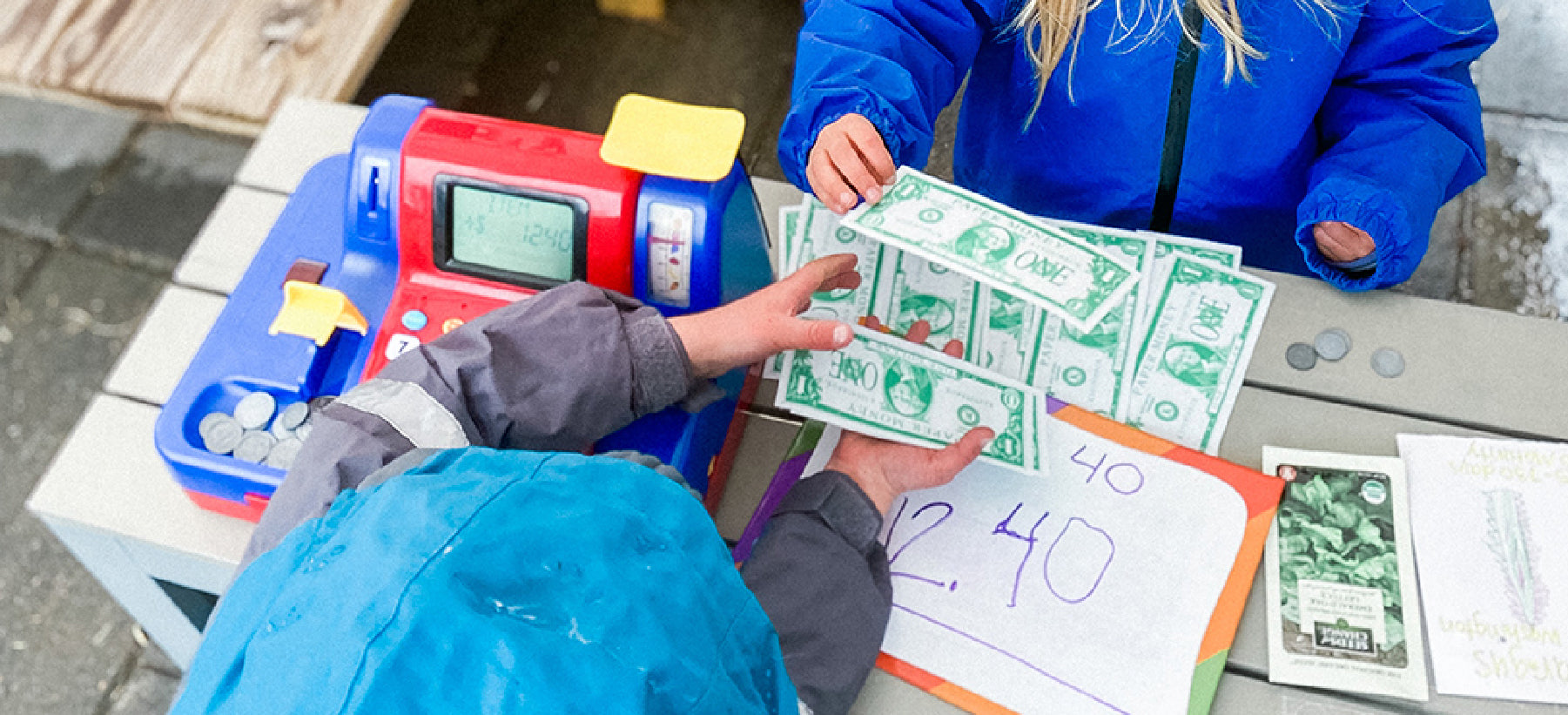
Early Childhood Math
image courtesy of @aprilmaura on Instagram
Why do we love math in the early childhood classroom?
Why do we love math? It’s pretty simple: children who develop a positive attitude towards math in their early years are more likely to see math as a valuable and enjoyable subject, which can lead to greater success in mathematics later on! Early confidence in math plays a significant role in a child’s growth mindset, which is the ability to persevere through challenges and overcome obstacles.
Incorporating math in fun and engaging ways into the early childhood classroom not only helps children confidently understand and explore mathematical concepts, but also helps them develop critical thinking and problem-solving skills. Additionally, early math instruction can help children build number sense, which is the ability to understand and use numbers in various contexts.
image courtesy of @aprilmaura on Instagram
Incorporating math into your early childhood classroom
There are many fun and easy ways to incorporate math into the early childhood classroom. One way is to use manipulatives, such as wooden unit blocks, fun manipulatives like colorful bears, and wooden beads and patterns. These manipulatives allow children to explore mathematical concepts hands-on and make math more concrete and meaningful.
Perhaps incorporating math into dramatic play–such as setting up a store and having the children exchange money–can make using math skills not only fun but also practical and relatable.
image courtesy of @aprilmaura on Instagram
Another fun place to bring math into play is in cooking, incorporating measurement and basic counting skills. It is essential to also reiterate that the child is utilizing math skills during these times, because it may not be so obvious. While cooking, for example, point out to the child that you are following a recipe, making accurate measurements, and even working with timing when baking, etc. Routinely pointing out that the child is utilizing math skills during these moments builds their confidence in using those skills at other times.
image courtesy of @aprilmaura on Instagram
Learning is often more fun with others, so incorporating mathematical games or situations where the children work together is another way to make math fun in the early childhood classroom. For example, working collaboratively with a wooden number set or games such as Acorn Soup or using large colored dice certainly make learning more fun!
image courtesy of @aprilmaura on Instagram
What are your favorite early childhood math resources? We’d love to know!
FEATURED PRODUCTS:
Yellow Door Tactile Number Pebbles
Pretend and Play Teaching Cash Register
Have a moment to share with us? Be sure to tag us and use the hashtag #constructiveinsights in your post. We’d love to potentially feature you on our social feeds and/or in an upcoming email!


